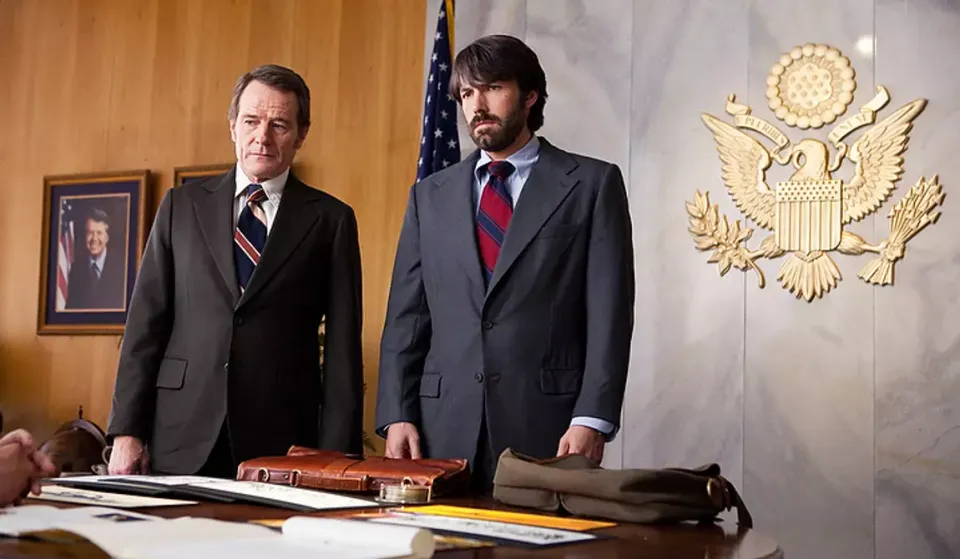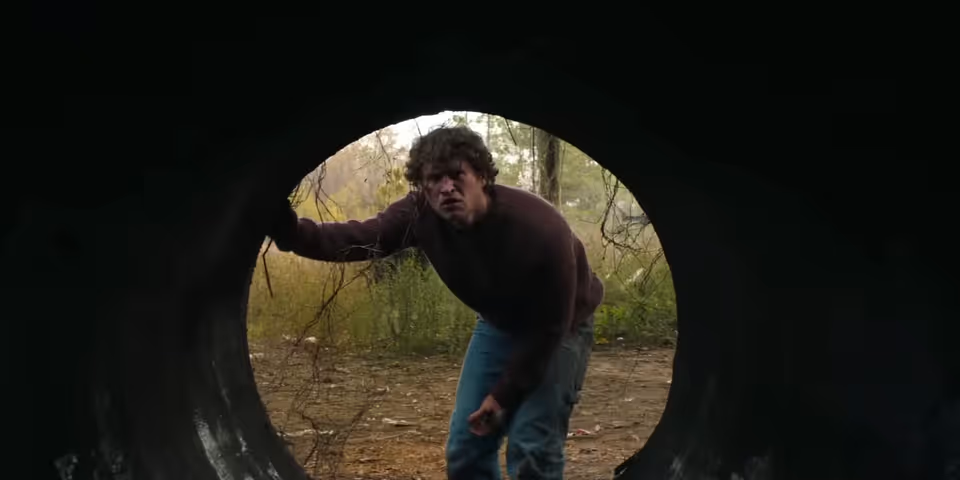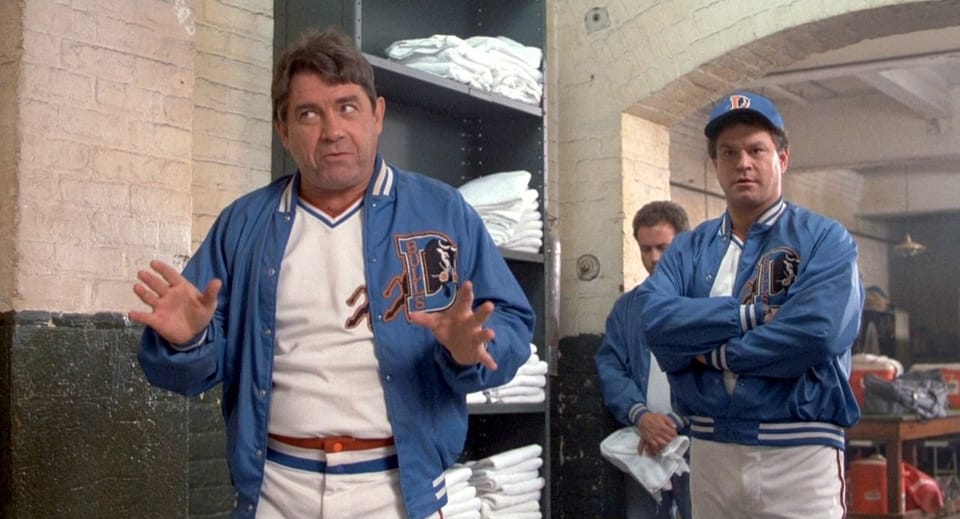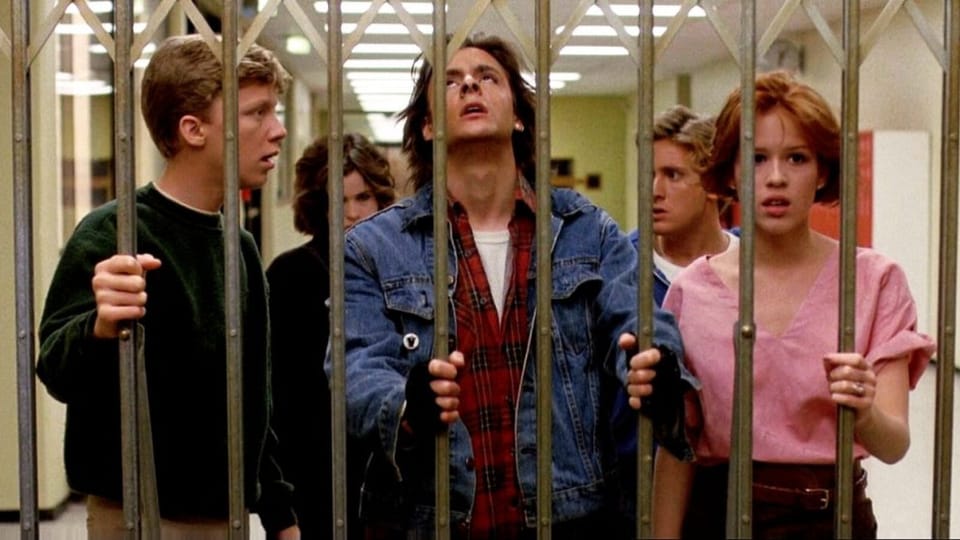Audience satisfaction is your job.
Audience satisfaction is about the audience experiencing enough of an emotional journey that they feel like their money, attention, and, above all, their time was worth it.
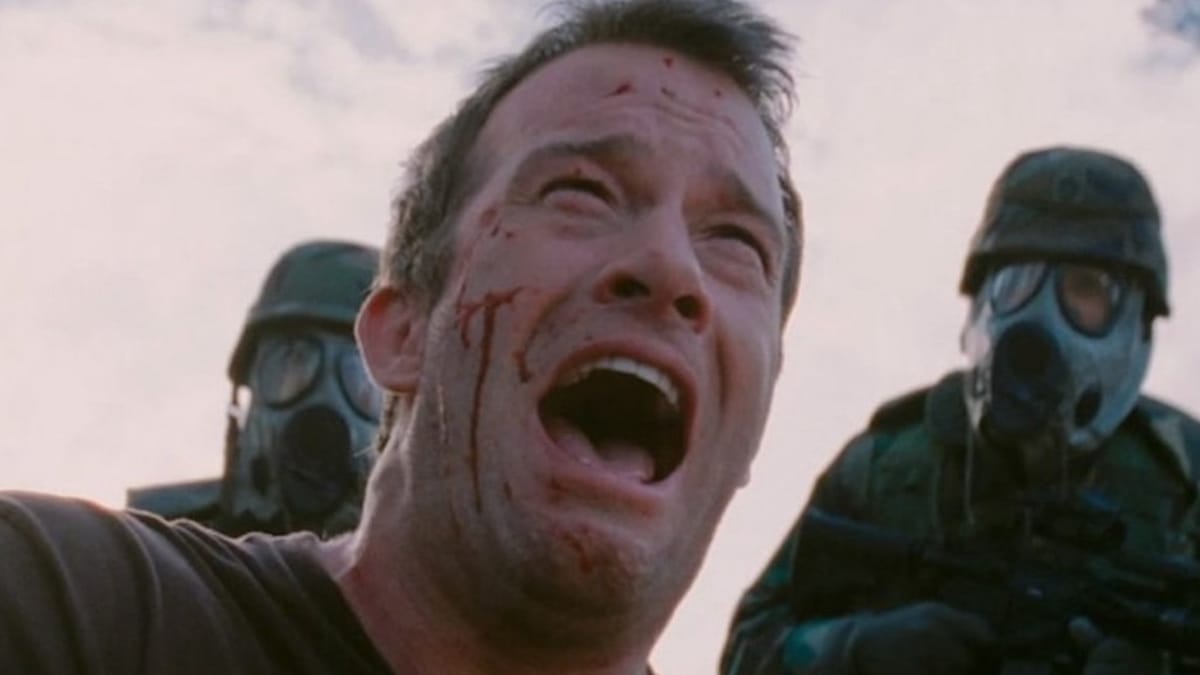
The Story and Plot Weekly Email is published every Tuesday morning. Don't miss another one.
I talk about "audience satisfaction" in my courses a lot.
It is especially prevalent in my definitions. The definitions of "dramatic question," "Act 2," and "Act 3" all use the term "audience satisfaction."
But what is it?
Audience satisfaction is about the audience experiencing enough of an emotional journey to feel like their money, attention, and, above all, their time was worth it.
No matter how much we enjoy telling the story, the story is not for us, the storyteller.
The story is for those being told the story.
And their satisfaction is our job.
Embrace it.
Don't resist it. It's easy to be intimidated by the challenge and to guard against rejection.
Some will blow it off entirely and claim that the chef knows more about the meal than the diner.
Besides being unbearably patronizing, this is only true until the diner takes a bite.
The proof, then, is in the taste of the pudding.
No amount of knowledge, thematic lecturing, or intellectual explaining will matter if the diner spits the food out.
In my early days in the theatre, back in my 20s, we would delight in the idea of pissing the audience off as some kind of lesson to them.
But it was often just fear and insecurity that one should grow out of.
There is a relationship between storyteller and audience, and there's little room for hostility there.
One can go the opposite direction, of course, where you are so eager to please you forgo surprise and emotional truth and perhaps even veer off the story.
This will leave the audience perhaps okay with the result but not necessarily excited.
We want to be a little more ambitious than that.
Two simple guidelines:
It is your job to know what the audience wants to see happen. You are in control of it, after all. You should know what the audience is rooting for and what kind of ending they want.
You do not have to give it to them.
Every story has its own integrity, and you must defend it.
A story that wants to be a tragedy will not quite work with that happy ending, and a romantic comedy isn't necessarily more deep because they don't end up together.
Every story should be judged on its own.
Your obligation is to give the audience an emotionally satisfying ending, not necessarily the one they hope for.
You can do this by following these two guidelines:
1. If you do not give the audience what they want, you must give them something even more emotionally satisfying than what they wanted.
TITANIC is a famous example of this.
The audience wants to see Jack and Rose live happily ever after. We don't get that. That's not how the story ends.
But what we do get moves us so much more.
THE AVENGERS: INFINITY WAR gives us the ending we dreaded. And yet, it is hugely satisfying.
This would have fallen completely flat if it had been the FIRST Avengers film, but after watching the good guys win for 20+ movies, it feels right.
We also knew Part 2 was coming, which helped us accept that end.
Imagine this being the last Marvel movie ever! We would hate it! We would burn theatres down!
But as is, it is a masterpiece of epic, crowd-pleasing studio moviemaking.
2. If you DO give the audience what they want, give it to them in a surprising way.
This is the trick of Act 3: how do we give the audience what they hope for and still surprise them?
It's what separates the great endings from the forgettable ones.
YOU'VE GOT MAIL creates quite a predicament for itself. As the film enters the third act, the audience wants to see Joe and Kathleen together, but he just forced her family-owned bookstore to close.
There doesn't seem to be any path for a happy ending.
And yet they figure it out and give us (me, at least) a favorite ending to a romantic comedy.
BARBIE is also interesting here.
Barbie manages to get her life and Barbieland back to (some) normalcy, yet that's not what gives us the most satisfaction.
It's what Barbie does afterward, by choosing to be human, that makes this story so much more emotionally satisfying.
THE RAPTURE (1991), THE MIST (2007) and GET OUT (2017).
My brother Lance and I have a friendly disagreement over the ending of Frank Darabont's THE MIST.
We both admire the film, and the genius of Stephen King and Darabont, but we see the ending differently.
Lance loves the ending ("It's called horror for a reason!"), but I find it arbitrary, making me think of the storytellers rather than the story itself.
Side note: I consider my brother Lance the best observer of horror out here. He is the one who taught me to love movies.
He coined the term Kindertrauma, and runs a wonderful website (link at the bottom) on what terrified us as kids.
THE MIST ends similarly to THE RAPTURE.
Both these films end with gruesome, ultimately pointless murders.
But with Michael Tolkien's THE RAPTURE, the murder is a natural consequence of the story and part of a unified piece. It is what ties the movie together, giving it even more meaning than it had before.
THE MIST struggles with this. There is an intellectual argument to be made that its ending ties into the absence of hope, but this is more present in the novella than in the movie.
The ending takes the movie over, diminishing rather than elevating everything that came before it.
For me, this ending feels tacked on.
So much so you ask, "Why did the filmmakers do that?"
It is NOT what the audience wants, which is fine, but it is even LESS emotionally satisfying than what we wanted!
I feel vindicated when I ask people who love the ending WHY they love it.
To a person, they answer that they love the ending because they can imagine how much the rest of the audience hates it, and it amuses them.
Which is not a great reason to love an ending!
The original ending to GET OUT.
To add even more complexity, the original ending to Jordan Peele's GET OUT was more thematically aligned with the film, yet the audience completely rejected it.
In the original ending, police officers arrive at the house and see the black protagonist, who just escaped perpetual enslavement, kneeling over a dead white girl (who tried to kill him).
The cops shoot him.
Again, this fits very well with the story's themes, but test audiences were in no mood to see this man struggle to survive, ultimately free himself, and then get shot down à la NIGHT OF THE LIVING DEAD.
They would have none of it!
So, after failing to give the audience something more satisfying than what they wanted, they gave the audience what they wanted, but in a surprising way.
In the released version, we're terrified that the cop car will give us this tragic ending, but the protagonist's buddy steps out of an "airport police" vehicle instead.
A reminder, once again, that this is all more art than science.
An exercise:
Think about some of your favorite films. Look at the endings.
If they gave you the ending you wanted, how did they surprise you? How did they make it emotionally satisfying?
If they didn't give you what you wanted, how did it work so well? How did they make it more satisfying than what you wanted?
That's a wrap for this week!
Thanks so much for subscribing and letting me do this.
I will see you next week!
Tom
PS - My brother's website:
https://www.kindertrauma.com/
If you are into horror from the 70s until now, you will want to take a deep dive.
The Story and Plot Weekly Email is published every Tuesday morning. Don't miss another one.
When you're ready, these are ways I can help you:
WORK WITH ME 1:1
1-on-1 Coaching | Screenplay Consultation
TAKE A COURSE
Mastering Structure | Idea To Outline

